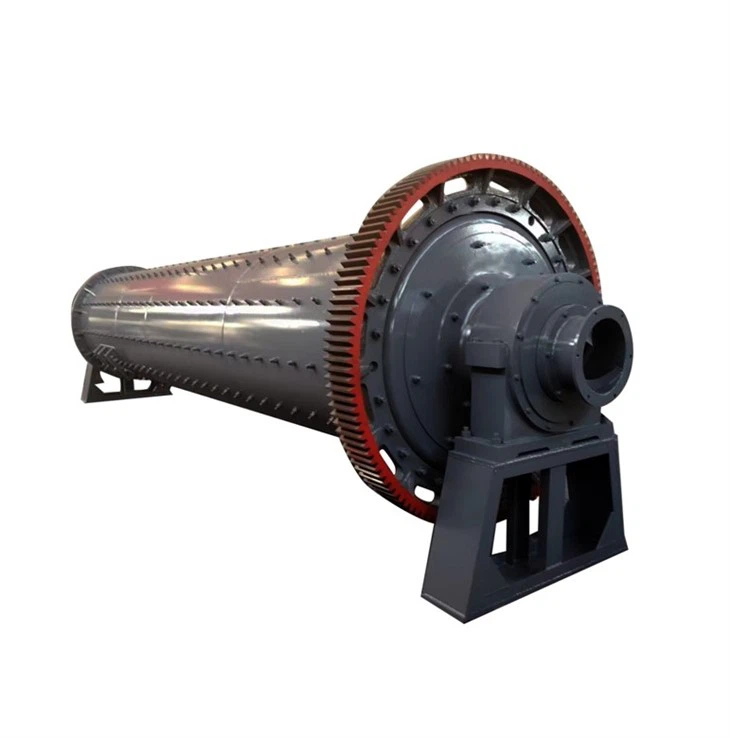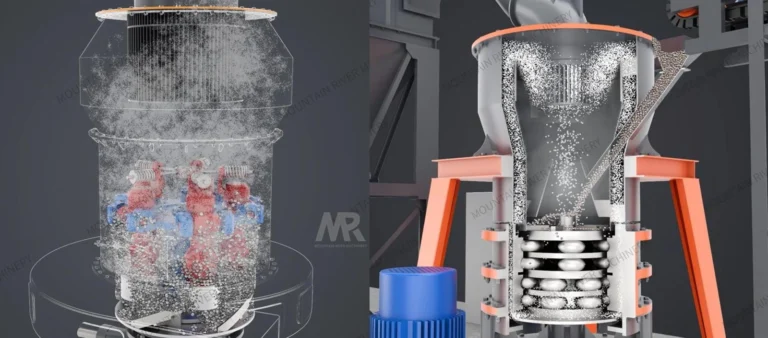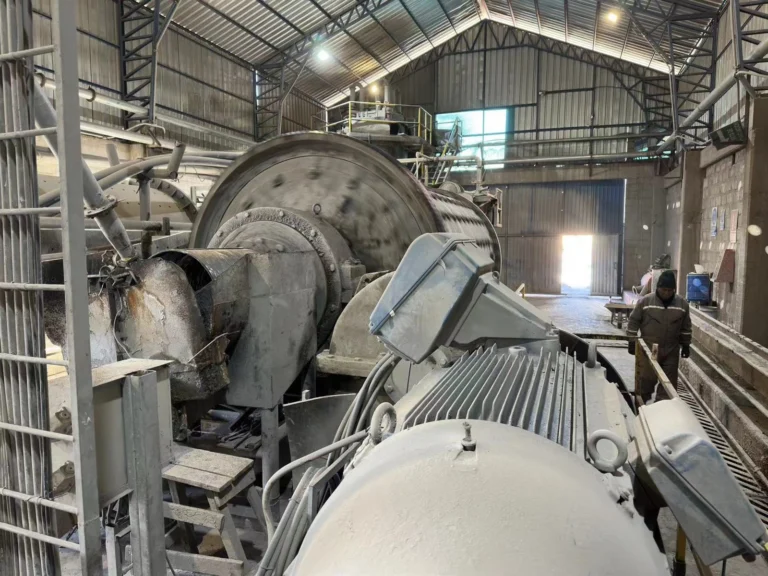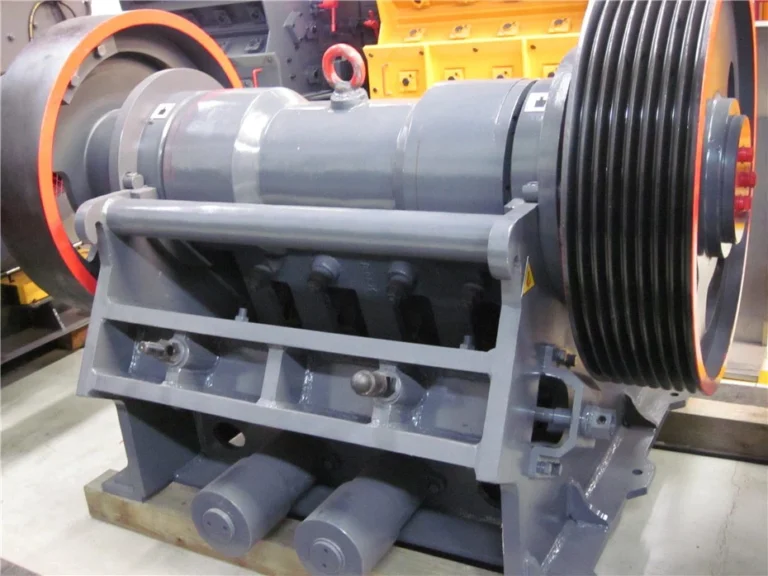What Is The Working Principle Of Raymond Mill?
Introduction
Raymond mill, also known as Raymond roller mill, is a widely-used grinding equipment. It is widely used in cement, electric power, metallurgy, chemical industry, non-metallic mineral processing and other industries.
Raymond mill has the advantages of high efficiency, low energy consumption, small footprint, low capital investment, and environmental protection. It is widely used in mineral processing and grinding industry, which has played a huge role in promoting the development of China”s mineral processing and grinding industry.
So, what is the working principle of Raymond mill? In this article, we will introduce it in detail.
Working Principle
The working principle of Raymond mill is that the grinding roller crushes the material, and then crushes the ground material, which is then blown into the analyzer by the air driven by the blower. At this time, the grinding roller rotates at a high speed, and the material entering the zone is crushed into powder. The powder is then collected by the analyzer and the pipeline. The coarse material that cannot be processed by the analyzer is returned to the grinding chamber for grinding, and the finely ground powder is collected by the pipeline.
The main working parts of Raymond mill include grinding roller, grinding ring, air blower, analyzer, cyclone separator, etc. The material is put into the grinding chamber by the shovel blade, and then crushed by the grinding roller and grinding ring. The air blower blows the powder and the analyzer classifies it. The qualified powder is collected by the cyclone separator, and the large particles are returned to the grinding chamber for re-grinding.
In the grinding process, the grinding roller and grinding ring of Raymond mill are in direct contact with the material, and the machine needs to be lubricated regularly to ensure the smooth operation of the equipment.
Advantages and Disadvantages
Raymond mill has the following advantages:
1. High efficiency: The grinding efficiency is high, and the output is large.
2. Low energy consumption: The power consumption of the machine is low, which can effectively reduce the production cost.
3. Small footprint: The size of the equipment is small, and the layout is flexible.
4. Environmental protection: The dust in the production process is collected by the dust collector, which is environmentally friendly.
5. Wide range of applications: Raymond mill can be used for grinding various materials, such as limestone, calcite, dolomite, barite, talc, gypsum, kaolin, bentonite, etc.
However, Raymond mill also has the following disadvantages:
1. Low quality of finished products: The finished products of Raymond mill are often coarse and uneven.
2. High noise: The noise generated by the equipment during operation is relatively high.
3. High maintenance cost: The equipment needs to be maintained regularly, and the replacement of the grinding roller and grinding ring is relatively frequent, which increases the maintenance cost of the equipment.
4. Limited fineness: The fineness of the finished product is limited, and it is difficult to achieve ultra-fine grinding.
Maintenance
Raymond mill needs regular maintenance to ensure the normal operation of the equipment. The maintenance items include:
1. Lubrication: The lubrication of the equipment needs to be checked and replaced regularly. The lubricating oil should be added in time to ensure the smooth operation of the equipment.
2. Inspection: The equipment should be inspected regularly to check whether the fasteners are loose, whether the wear of the grinding roller and grinding ring is serious, whether the air blower is working properly, etc.
3. Replacement: If the wear of the grinding roller and grinding ring is serious, it needs to be replaced in time to ensure the normal operation of the equipment.
Conclusion
In conclusion, Raymond mill is a widely-used grinding equipment in mineral processing and grinding industry, which has played a huge role in promoting the development of China”s mineral processing and grinding industry.
The working principle of Raymond mill is that the grinding roller crushes the material, and then crushes the ground material, which is then blown into the analyzer by the air driven by the blower.
Raymond mill has the advantages of high efficiency, low energy consumption, small footprint, low capital investment, and environmental protection. However, it also has some disadvantages, such as low quality of finished products, high noise, high maintenance cost, and limited fineness.
Therefore, to ensure the normal operation of the equipment, regular maintenance is necessary. The maintenance items include lubrication, inspection, and replacement.
Overall, Raymond mill is a good choice for grinding various materials, which can effectively improve the efficiency of the production process and reduce the production cost.






